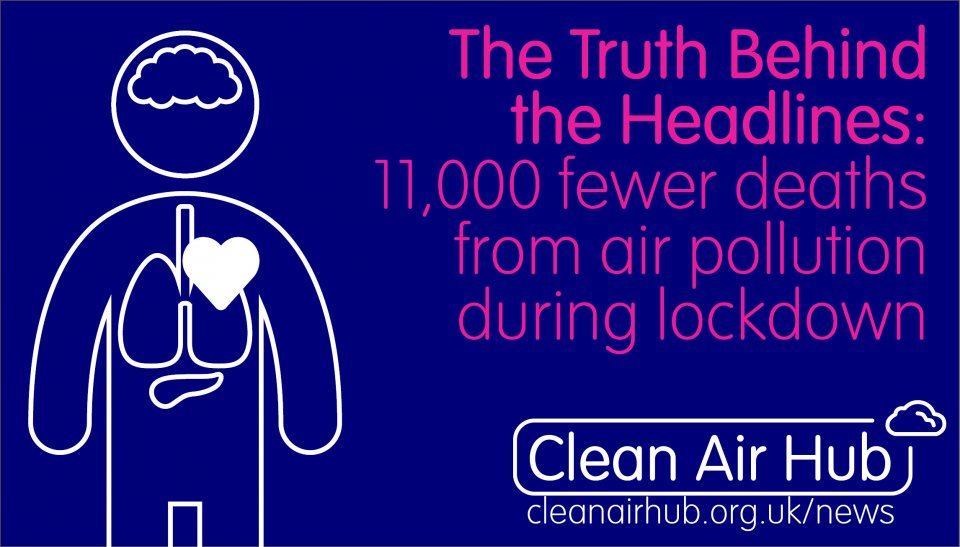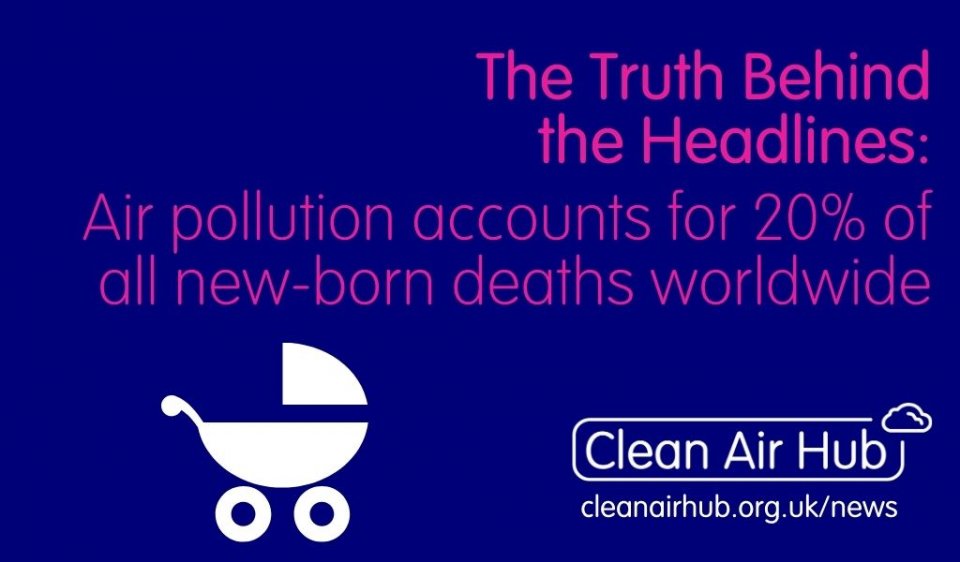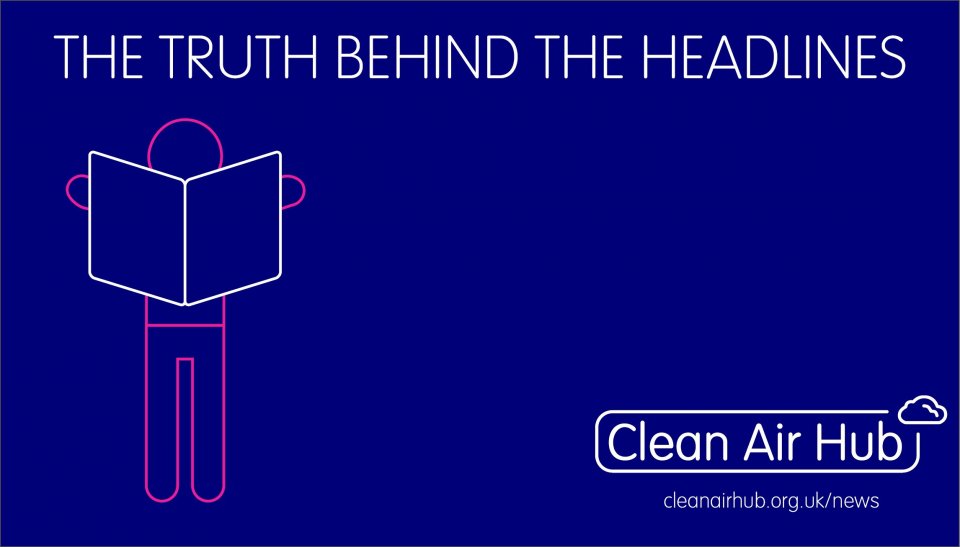News & Stories
The media have reported that air pollution may be responsible for the faster spread of COVID-19 because it increases the Reproduction (R) rate of the virus. The R rate indicates how rapidly the virus is spreading and the higher the R value, the faster the infection rate is. The study showed that there was a direct relationship between an increase in the number of fine particles (PM2.5) in the air and an increased R rate.
Using our recommended five tips, Global Action Plan reviewed the study:
| Questions to ask to get to the truth | Our response |
| 1. Does the article refer to a report to back up its claims? |
Yes, the article refers to the results of a study published in a scientific paper in a journal called Science in the Total Environment. |
| 2. Who is behind the study it refers to? |
The study was carried out by scientists based at Washington University in the USA who also worked with researchers at and Saint Louis University in the USA, Ravishankar Shukla University in India and Dalhousie University in Canada. |
| 3. How fantastical and radical is the claim that is being made? |
The claim is evidence-based but is currently restricted to information from the USA, so analysis of data from other countries would be needed before the claim could be extended to other parts of the world. Also, the current study used data from towns and cities with the highest reproduction rate, with all of them having an R value higher than one, which may also have impacted the results.
A link between air pollution and COVID-19 case numbers has already been proposed by several scientific studies carried out in different countries, and it has also been established that existing health conditions can affect somebody’s susceptibility to catch COVID-19, as well as to mortality rates. The researchers were therefore thorough in considering reasons other than air pollution which may have affected the results, looking into over 40 factors, including population density, age, socio-economic elements and pandemic restrictions in place. |
| 4. What geographical region does the claim refer to? |
The analysed data were from the USA. |
| 5. What is the sample size of the study? |
Because the study considered a large number of different factors and used complex data sets, no single sample size can be calculated. |
Want to talk to us about any of our projects? Please get in touch with us here.







